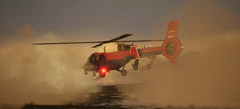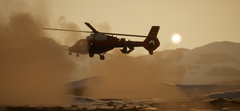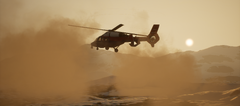- 1 reply
- 13,269 views
- Add Reply
- 0 replies
- 2,717 views
- Add Reply
- 0 replies
- 4,462 views
- Add Reply
- 0 replies
- 1,339 views
- Add Reply
- 0 replies
- 959 views
- Add Reply
- 0 replies
- 1,238 views
- Add Reply
BMS 4.34 Released for BillionSoft Falcon 4.0

By MigBuster,
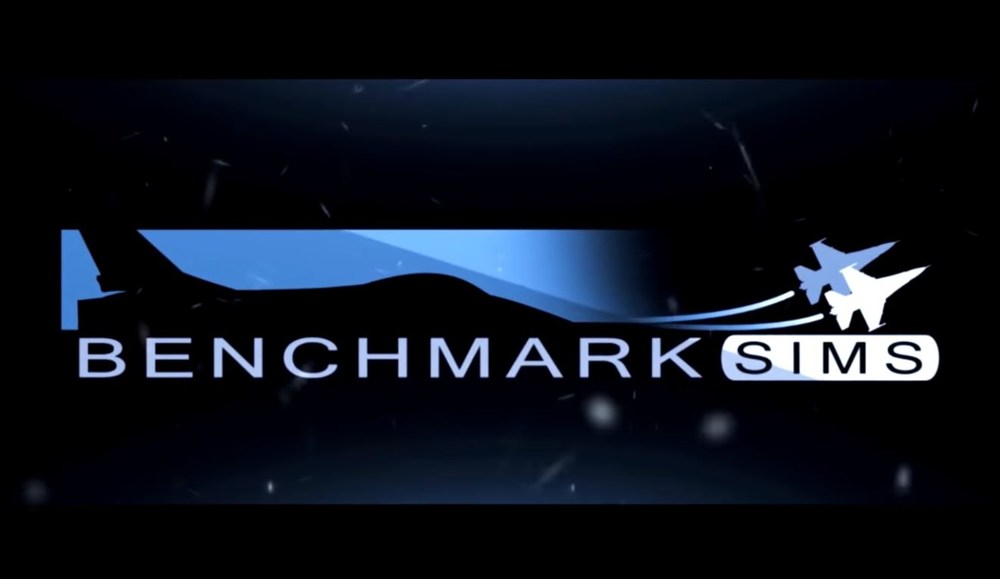
Falcon BMS 4.34 is now available to torrent (19 April 2019) and comes with free IFF
Falcon BMS 4.34 Teaser trailer
WOTR Update

By Erik,


OBD Software Newsletter - April 2019
Hello WOTR pilots!
Good news, finally with the release of our
Cliffs of Dover - 'The pain - the pain!'
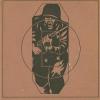
By 33LIMA,
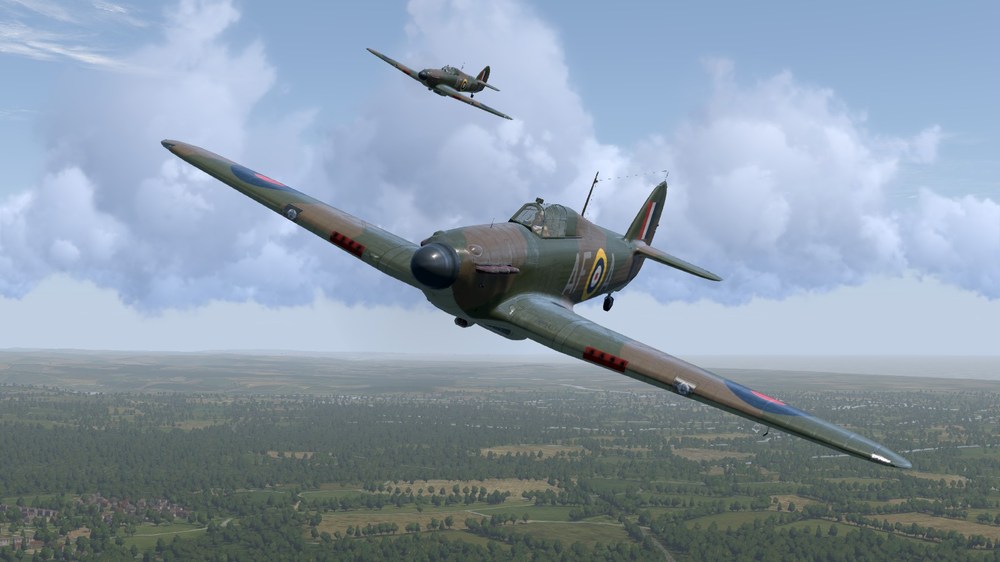

I find out how to avoid the Battle of Britain, during the Battle of Britain!
I remember reading somewhere that you don’t remember pain. That’s maybe why I go back to playing Cliffs of Dover Blitz Edition, every so often. This mission report is from my most recent such foray…or should that be, ‘relapse’?
Why do I find playing CloD painful? In short, because I’m single-player only. The longer version is that while the planes and sounds are very good indeed, the SP missions and camp
DCS Weekend News: 12 April 2019

By MigBuster,
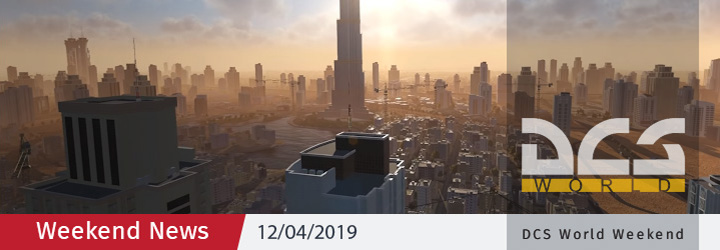

DCS: Persian Gulf Map – Final Release
This week we are proud to release the content-complete version of the DCS: Persian Gulf Map. Since the original release of this map, the area has been greatly expanded to make it the largest DCS World map. It also includes an astonishing 29 airfields, the most airfield of any DCS World map.
Download now from DCS e-shop
In this most recent update, we have added:
Liwa airfield and surrounding area in the UAE
Spring into Action with Discounts on Collector Planes and Battle of Kuban!
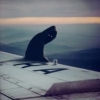
By 76.IAP-Blackbird,
Posted 5 hours ago
Dear Pilots,
The weather is warming up and the flowers are blooming, so it’s time to Spring into Action with our latest sale on Sturmovik products! Why be outside with all the pollen aggravating your allergies when you can be safely inside playing Sturmovik!?!? To help you fill up your virtual hangar we have the following content on sale in both the Official Store and on Steam for a limited time.
Official Store: Apri
Il2 DD Update Dev Blog 220

By 76.IAP-Blackbird,
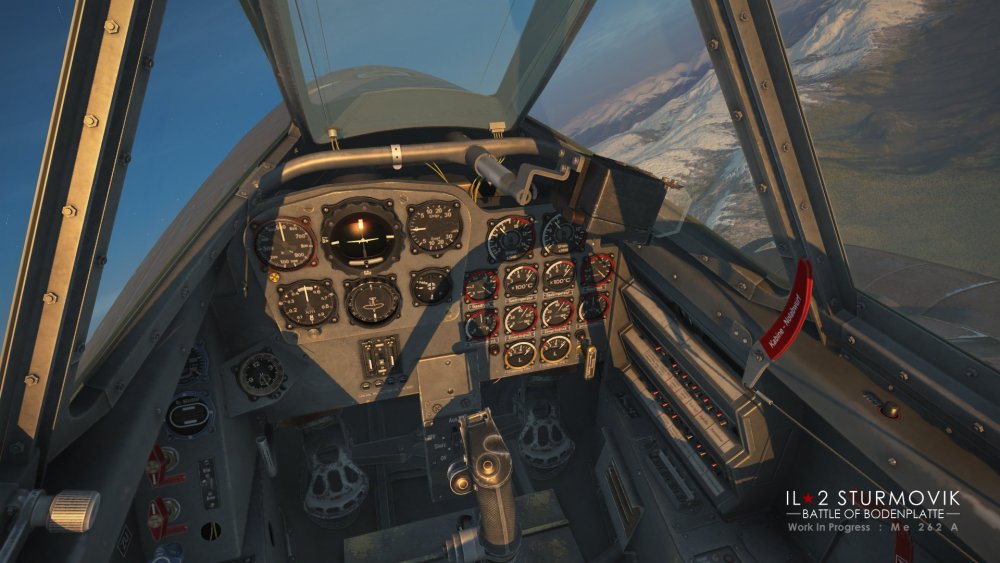

Hello everyone!
In these sunny April days, we are working on the next big update, which we hope will be released in May. Previously we can say that this update will again be very voluminous in terms of the amount of content being released. A little bit later we will be able to say exactly what will be in this update, but we are aiming to launch a new noteworthy aircraft of the "Battle of Bodenplatte" project, two WWI airplanes in the "Flying Circus" project and two new tanks in the "



